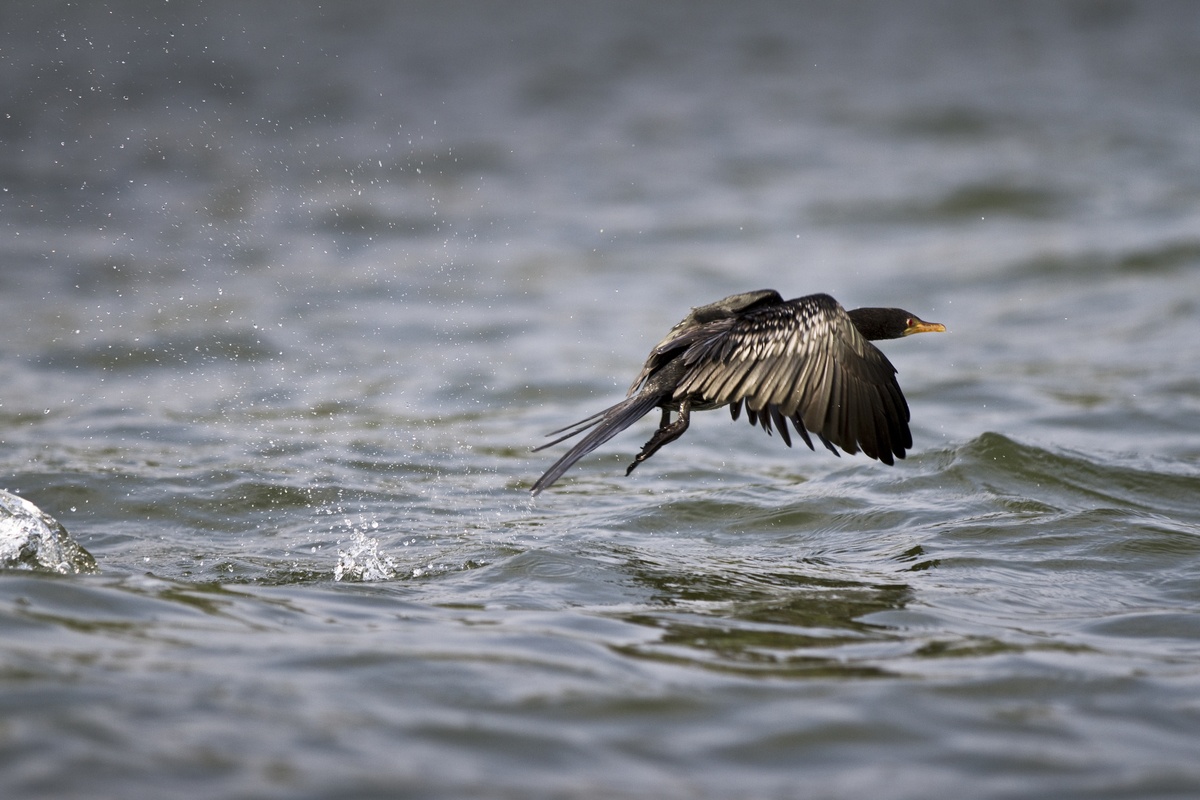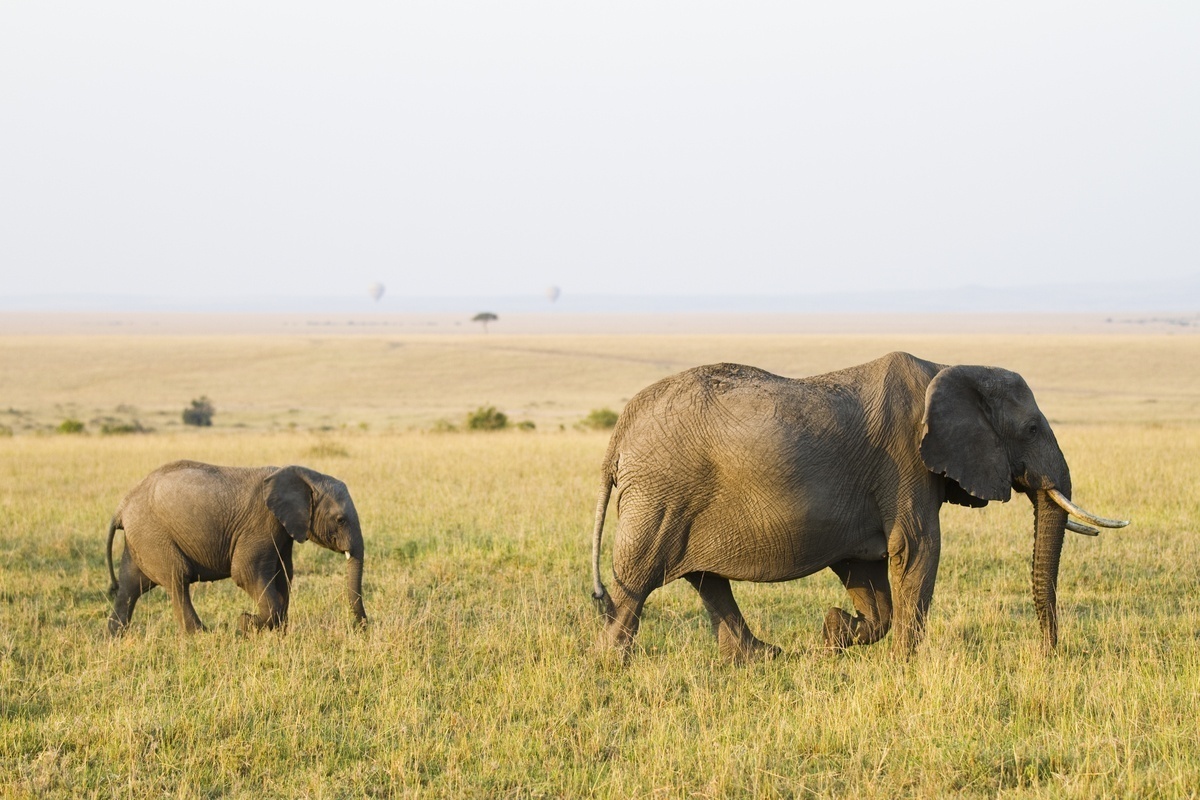Wildlife photography is one of the most enjoyable ways of using your camera. It allows you to get up close and personal with some of the many beautiful creatures we have in Australia and beyond and it requires you to observe and appreciate our bountiful natural world.

I’ve been working as a professional photographer for the last four years, but it was my interest in capturing wildlife that first set me on course to pursue a career in photography.
Wildlife photography is incredibly rewarding but can be a little bit tricky at times. Here are some tips to help you improve your wildlife photography skills:
RESEARCH
The most important element of wildlife photography is research. Find out what animals live in the area you’re visiting, and create a shortlist of which animals you’d like to photograph there.
Once you’ve done this, research the animals of interest in guide books, online, or from local park rangers, and find out what times of day they’re most active, what habitat they typically live in, and if there are any particular times to photograph them, like during breeding season, migration, or at feeding events.

Make sure to find out if there are any potential dangers associated with the animals you wish to photograph. Animals may need a particularly wide berth during the breeding season, for example.
SHUTTER SPEED AND APERTURE
Wildlife is unpredictable, and great photographs unfold and disappear in an instant. It’s important to have your camera on the correct settings to make sure you don’t miss out on the action.
Most modern cameras have wildlife and action modes. When you’re starting out, I’d recommend shooting in these.

However, once your photography develops, you might want to start shooting in manual mode. In which case, selecting the largest aperture will let the most light into your camera, allowing the fastest shutter speed possible. This will freeze any movement, like birds in flight or kangaroos on the hop.
Also, be mindful of your camera shutter noise as it can disturb animals. Some more advanced cameras allow you to put your camera in silent shutter mode.
FOCAL LENGTH
When photographing wildlife, it’s important to get a close-up view of the animal without disturbing it. The best way to do this is to use a zoom lens. The Canon EF-S 18–200mm lens is a great superzoom lens for wildlife photography beginners. If you wish to buy a compact camera, it is important to choose one with optical zoom rather than digital zoom, as digital zoom will decrease the quality of the image.

Also, stepping back from the animal subject and using your camera to zoom in will make the animal appear larger, creating a more captivating image.
COMPOSING THE SHOT
Taking good wildlife shot isn’t just about focusing on the animal, photographers should also consider the image composition. Firstly, always try and shoot at eye level with your subject, for example, get down low for small marsupials or wombats, and find out if there’s a local hide to give you added height when photographing birds.

The best way to start shooting wildlife is to put the animal in the centre of the frame. Experiment with the composition by adding shapes like trees, large rocks, or foliage to the image. Look for patterns and symmetry, and always try to shoot the horizon level.
Remember, cloudy days produce a soft, even light, allowing you to photograph from any position, but if there’s direct sunlight, try and have the sun behind you.
IN THE MOMENT
In the field, make sure you’re wearing dark clothing as bright colours might startle or scare animals. Be patient and let the animals come to you. If photographing with friends, it’s important to whisper when speaking as loud noises will disturb wildlife.

Give yourself plenty of time to get the shot, and if possible visit the same spot frequently, and at different times of the day.
Importantly, respect the wildlife by keeping your distance and preserving its habitat. But most importantly, get out there and enjoy the great outdoors.





